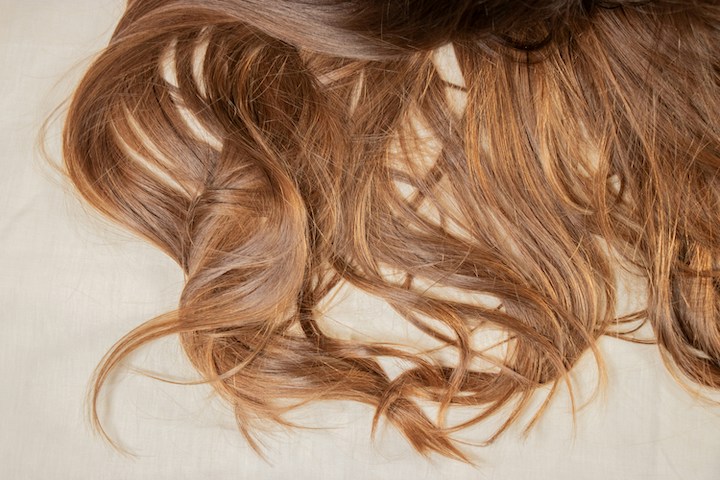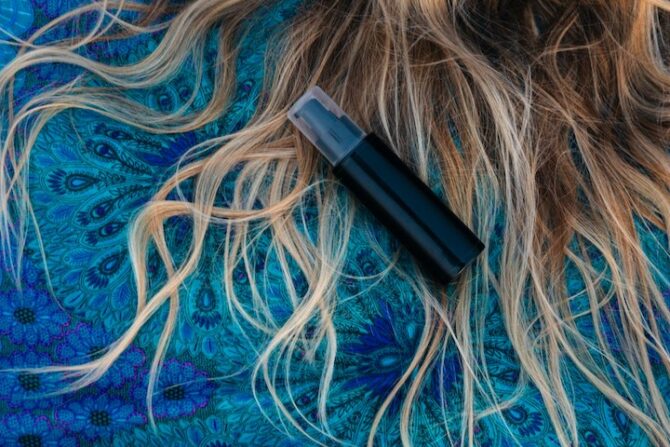I used to think that just picking the right oil was the main thing. Like, once you’ve got coconut or castor or argan oil in your hand, you’re good to go, right? But no. Turns out, how you apply that oil can make a big difference in how your hair responds.
If you’ve ever felt like your hair still looks dry even after oiling… or your scalp feels greasy but your ends still snap? You’re not alone. I’ve been there. That’s why I want to walk you through the hair oil application techniques that actually work—not the fancy routines, not the ten-step process from some influencer—just the stuff that actually helps.
Let’s start from the top.
Table of Contents
Choosing the Right Oil for You
Let’s get one thing out of the way: not every oil is meant for every scalp or hair type. I learned this the hard way. I was slathering heavy oils like castor oil all over my scalp every other night, wondering why I kept waking up with itchy roots and flat hair. It wasn’t the oil’s fault. It just wasn’t the right one for me.
Here’s what I figured out over time:
- If your scalp gets oily fast, go for something light. Jojoba oil feels really close to your natural scalp oil, and grapeseed is another good one that doesn’t weigh hair down.
- If your scalp feels dry, flaky, or tight, heavier oils like coconut, olive, or castor can help. Just be careful not to overdo it.
- If your ends feel like straw, argan oil can help—but I like to mix it with something like almond oil for better slip and easier spreading.
- If your hair breaks a lot, you might want to try mixing oils. I sometimes do half coconut, half castor, just on the ends.
Test it out. See how your scalp and strands feel the next day. That’ll tell you more than any label ever will.

Warm It Up First
This step right here? It changed everything for me. The first time I warmed up my oil before using it, I remember thinking, Why haven’t I done this all along?
Warm oil just soaks in better. It spreads easier too, which means you won’t end up dumping half the bottle just trying to coat your scalp.
Here’s how I do it:
- Pour the oil into a small bowl or even a spoon.
- Put that bowl into a bigger one filled with hot water. Let it sit for a few minutes.
- Test it with your finger. You want it warm—not hot. If it stings, it’s too much.
No microwaves. Trust me. That heat is too aggressive and kills off the good stuff in the oil.
Also Read: The Rarest Hair Color in the World (And What It Says About You)
Start With Your Scalp, Not Your Ends
I used to do this backward. I’d coat the ends first, thinking they needed the most love. But your scalp is where the oiling should begin. That’s where your follicles are. That’s where growth happens.
Here’s what works best:
- Part your hair down the middle with a comb or just your fingers.
- Use a dropper if you have one, or dip your fingers in the oil and touch them gently to your scalp.
- Move in sections—middle, then sides, then the back.
Don’t rush it. I used to just smear oil on like I was painting a wall. Now I take a breath and move slowly. You don’t need a lot. If your hair looks drenched, that’s a sign you went too far.
Use Your Fingertips, Not Your Palms
Massaging is where the magic happens. Not just for your hair, but honestly, it feels so good it becomes a little act of care.
But there’s a right way to do it.
- Use your fingertips, not your palms.
- Press gently and move in small circles.
- Focus on one area for at least 10–15 seconds before moving on.
I usually start at the crown and work my way outwards. I don’t scratch—I just press and move. You’ll feel the difference. The warmth from your fingers helps the oil seep in, and the motion wakes up your scalp.
Spend at least 5–10 minutes here if you can. It doesn’t have to be perfect. Just consistent.
Don’t Ignore the Ends
Once your scalp’s taken care of, then it’s time to move to the ends. This part’s easy to mess up. Too much oil, and your hair ends up sticky for two days. Too little, and it doesn’t do anything.
What works for me?
- I take a little more oil, rub it between my palms, and just run my fingers through the lower half of my hair.
- I squeeze the ends gently, almost like I’m pressing the oil into them.
- If I have split ends or breakage, I give those areas a second pass.
You don’t want to rub the ends. Just smooth the oil on like you’re calming them down.
If you’ve got curls or textured hair, try twisting the ends a little as you oil them—it helps define them and keeps the moisture in.
You Can Also Read: Best Hair Oil for Frizzy Dry Hair
Let It Sit (But Not Too Long)
Once the oil’s on, your hair starts soaking it up like a sponge. But more isn’t always better. I used to leave oil in overnight every single time, and I’d wonder why my scalp felt itchy or my pillowcases looked like they’d been dipped in butter.
Now? I listen to what my hair needs that day.
- If my scalp’s dry or I’m doing a deep treatment, I might leave it on for 2–3 hours.
- If I’m short on time, even 30–45 minutes helps.
- If I really want to sleep in it, I wrap my hair with a soft scarf or use an old t-shirt to cover my pillow.
Covering your hair helps hold in the heat and keeps things tidy. Just don’t tie it too tight.
And if you have a sensitive scalp? Overnight oiling might not be your friend. Try shorter sessions and see how your head feels afterward.
Wash It Out the Right Way
Washing the oil out is where things can get tricky. Too light a shampoo, and it sticks around. Too harsh a shampoo, and you strip all the good stuff.
Here’s what works best for me:
- Rinse your hair first with warm water.
- Apply a gentle shampoo before adding water again. Yes, shampoo directly on oily hair.
- Massage it in and then add water slowly.
- Rinse well. If it still feels heavy, go for a second round.
I don’t use hot water. Warm is fine for rinsing, but I always finish with cool water. It helps seal the cuticle and gives a soft finish.
If you’re co-washing (using conditioner to wash), make sure it’s one that can actually lift oil. Not all can.

How Often Should You Do This?
There’s no one-size-fits-all answer here. I tried oiling every day once. My scalp rebelled. Then I skipped it for two weeks, and my hair felt dry and sad.
Here’s what I go by now:
- Once a week works for most people. It gives your hair enough moisture without weighing it down.
- Twice a week is fine if your hair is very dry or you’re dealing with breakage.
- Every other week might be enough if you’re using leave-in products or live somewhere humid.
The best guide? Your hair. If it’s feeling greasy too soon, scale back. If it’s dry, brittle, or frizzy, you probably need to go a bit more often
Also Read: What’s the Best Oil for Straightening Hair?
Conclusion
You don’t need ten products or a salon routine to care for your hair. Just some oil, a few minutes, and a little patience. Oiling your hair can be more than just another thing on your list. It can be a moment to slow down. A moment to connect with yourself. A moment to breathe.
Try it like that next time. Sit with the oil, rub it in gently, and let it remind you to be soft with yourself too.
It’s not just hair care. It’s care. That’s what makes the difference.
Frequently Asked Questions
Can I oil dirty hair?
You can, but clean or at least product-free hair soaks up oil better. I try to oil my hair before I expect to wash it.
Should I comb my hair after oiling?
Yes, gently. It helps spread the oil evenly. I use a wide-tooth comb and start from the ends.
Can I mix oils together?
Definitely. I mix coconut and castor sometimes. Just don’t go overboard—two or three oils are enough.
Is overnight oiling bad?
Not necessarily. But if you notice buildup, dandruff, or scalp irritation, try shorter sessions. Everyone’s scalp reacts differently.
Can I use essential oils?
Yes, but always dilute them in a carrier oil. A few drops of tea tree or rosemary oil in coconut oil can do wonders. Never apply them directly.



